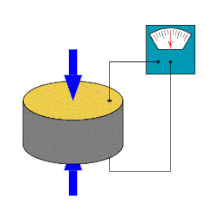Agreed.Storage is not the same as recycling to a benign and/or environmentally beneficial state.
Agreed 100%. So do we use a process that generates tons of nuclear waste from every terawatt of electricity generated, or a process that generates three kilograms of nuclear waste for every terawatt of electricity generated? I'd prefer the latter. How about you?Storage is just a cop out from the responsibility of developing poisoness substances and not knowing what they are doing...The world already has a serious problem with land fill waste... and that aint going to go away any time soon.
Better yet - reuse the fuel over and over again.
Yep, like Chernobyl. Fortunately we don't use RBMK reactors.There are still places around the globe that are more or less permanently irradiated (dead spots) that we have no idea as to how to rectify...most of them classified no doubt especially in Russia and China.
Let's look at the biggest nuclear disaster ever in the US - Three Mile Island. How many square miles of permanently irradiated dead spots are there near that reactor site?
Again, I am happy to be called insane by you.Promoting Nuclear energy as a long term fix with out long term solutions for its inherent problems is insane.
We don't have any RBMK reactors. If you want to clean up the mess at Chernobyl, be my guest.Learn how to clean up the mess at Chernobyl and maybe it is worth talking about...


